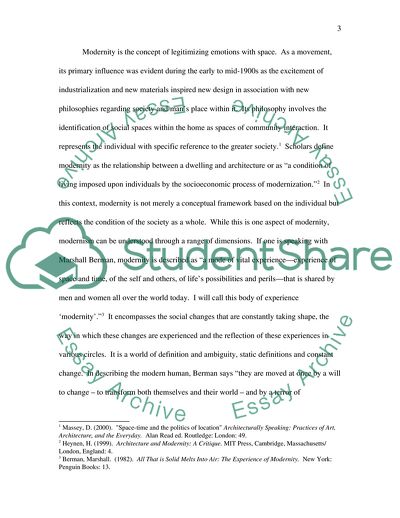Cite this document
(What Can Be Learned from the Past: Interior Design as a Continuation Term Paper, n.d.)
What Can Be Learned from the Past: Interior Design as a Continuation Term Paper. Retrieved from https://studentshare.org/design-technology/1730099-interior-designdecoration
What Can Be Learned from the Past: Interior Design as a Continuation Term Paper. Retrieved from https://studentshare.org/design-technology/1730099-interior-designdecoration
(What Can Be Learned from the Past: Interior Design As a Continuation Term Paper)
What Can Be Learned from the Past: Interior Design As a Continuation Term Paper. https://studentshare.org/design-technology/1730099-interior-designdecoration.
What Can Be Learned from the Past: Interior Design As a Continuation Term Paper. https://studentshare.org/design-technology/1730099-interior-designdecoration.
“What Can Be Learned from the Past: Interior Design As a Continuation Term Paper”. https://studentshare.org/design-technology/1730099-interior-designdecoration.


